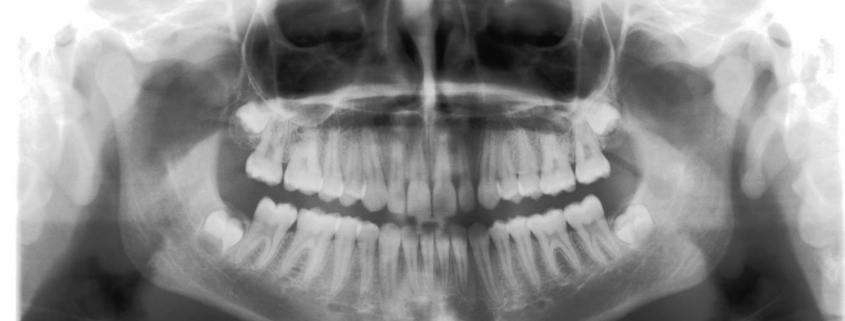Digital X-ray
Digital X-ray comprises radiological procedures in which X-ray images are no longer recorded on analog X-ray films but digitally. Instead of film, the devices contain a scintillator that converts incident X-ray photons either into visible light or directly into electricity.
Older DR systems captured the scintillation of the luminescent layer in optically reduced form using a video camera, CCD sensor, or CMOS chip. Today, to increase spatial resolution, full-field detectors are used that are at least as large as the X-ray image. They contain a luminescent layer of caesium iodide, a layer of microlenses, and a layer of photodiodes.
Solid-state detectors made of rare earths such as gadolinium oxysulfide or amorphous selenium, which convert the incident X-ray photons directly into electricity without a detour via visible light and deliver it to the adjacent TFT layer, have even better resolution. The data recorded in the detector is passed on digitally to a computer.


